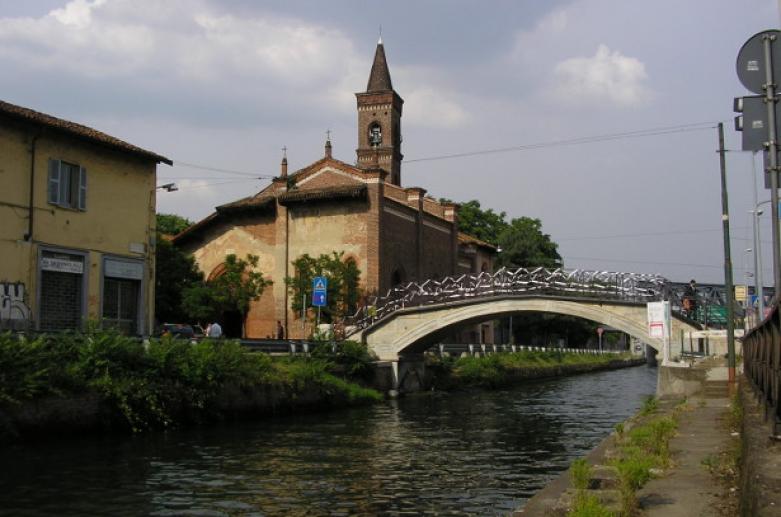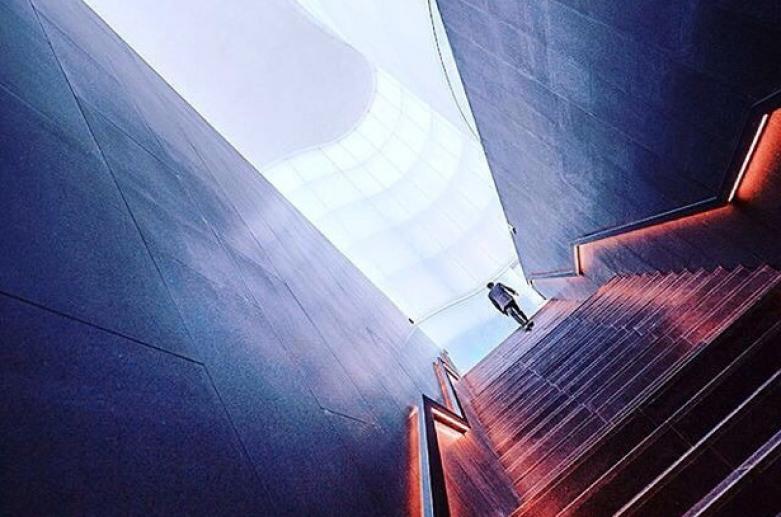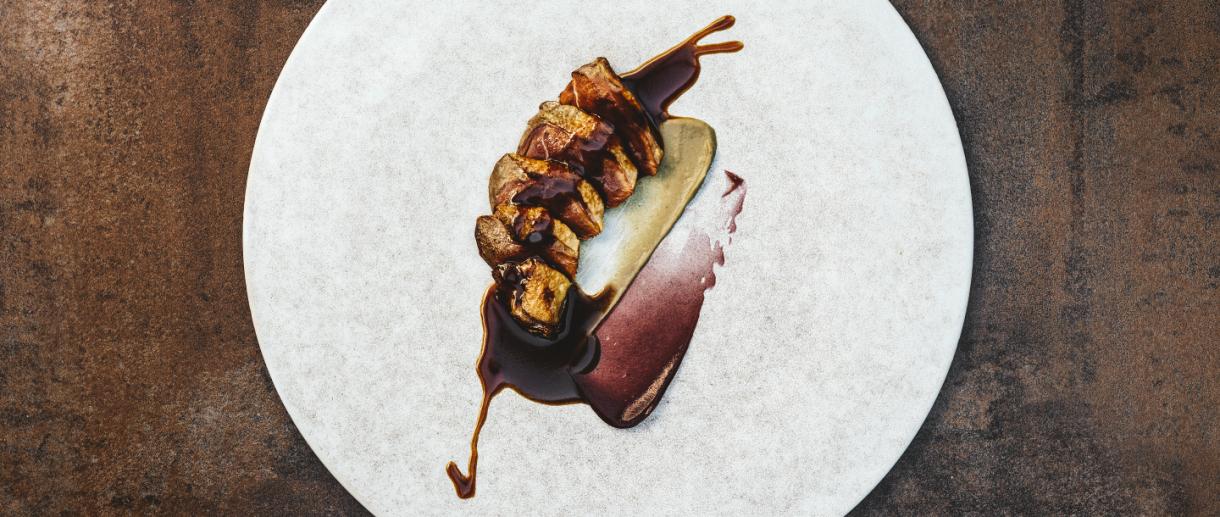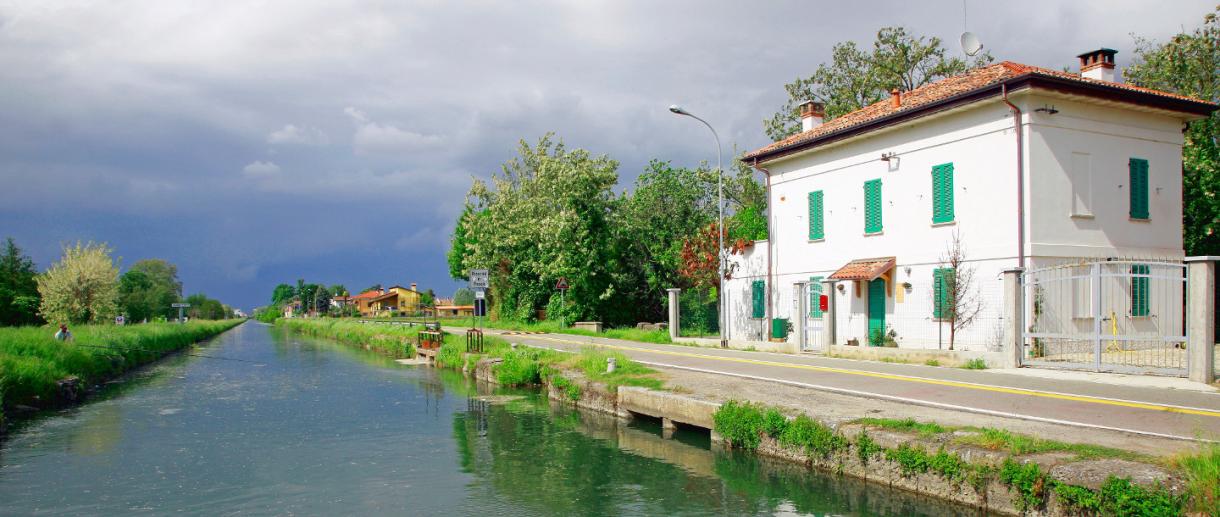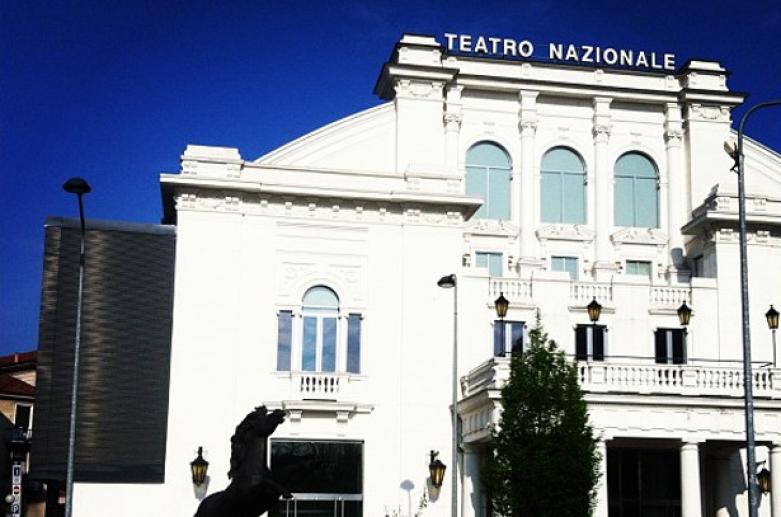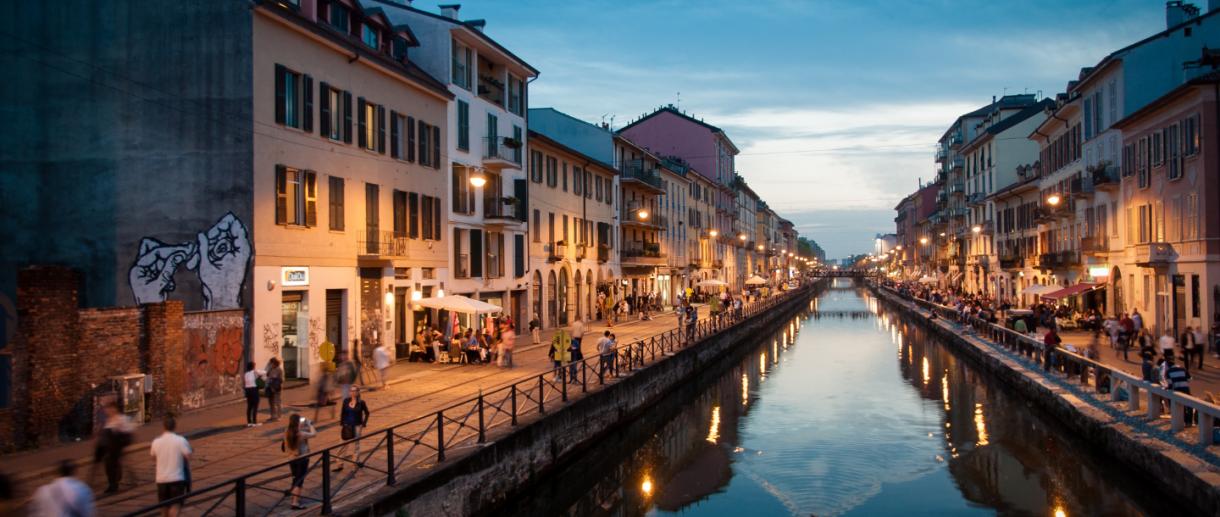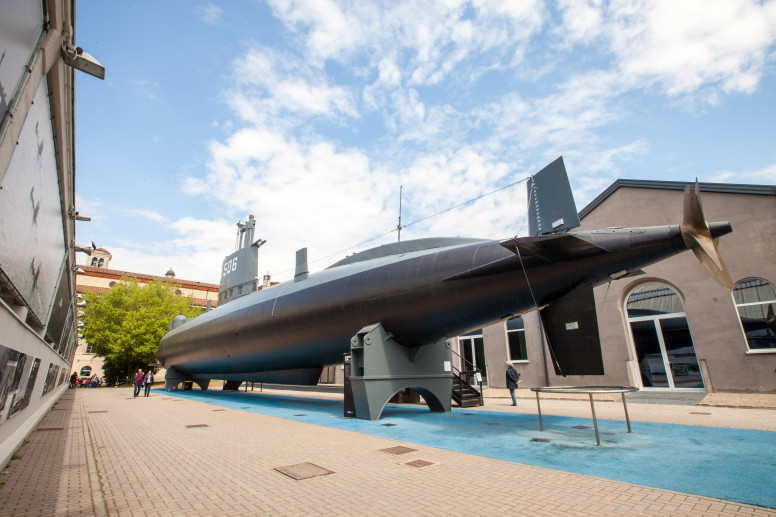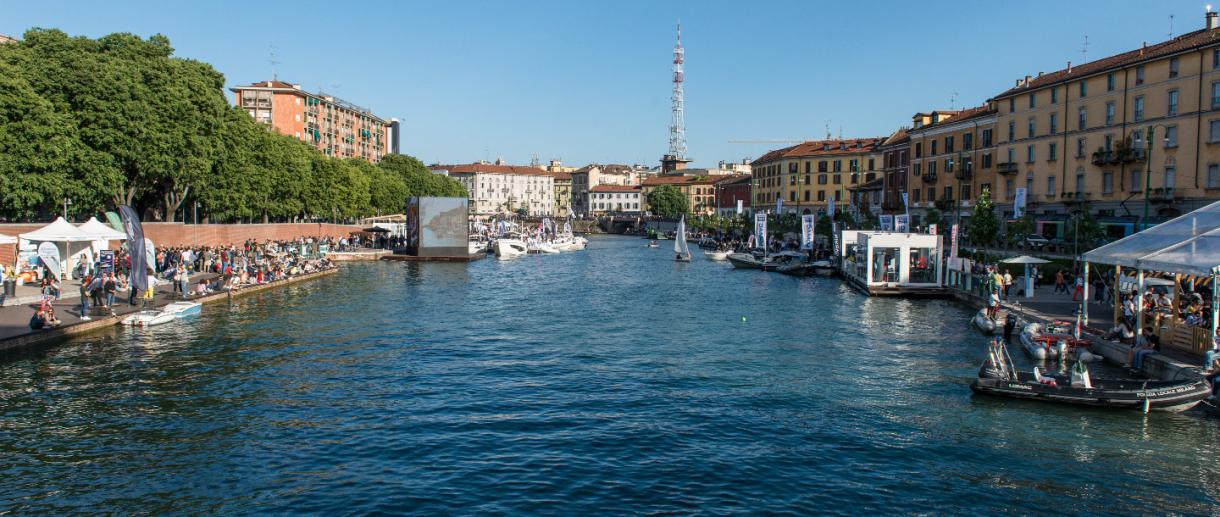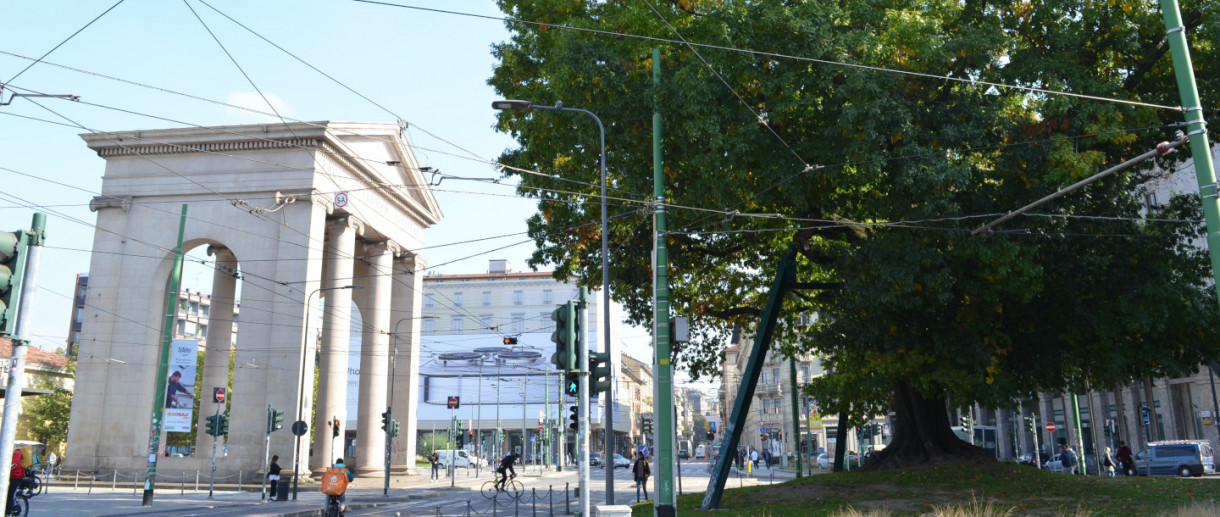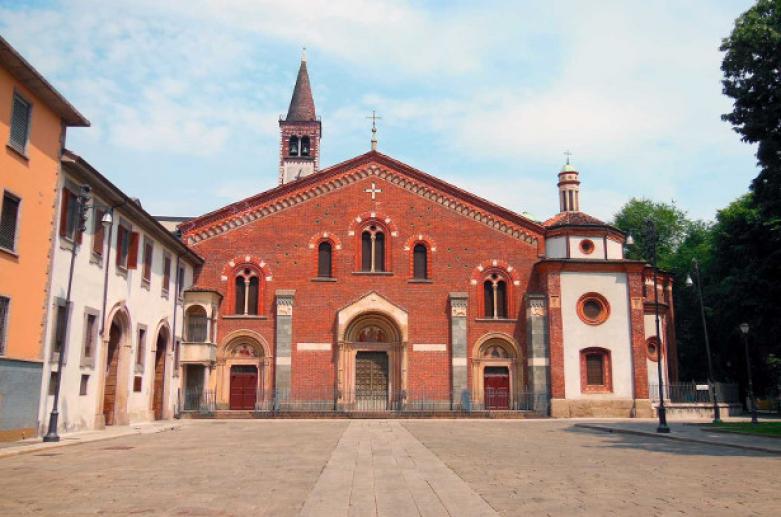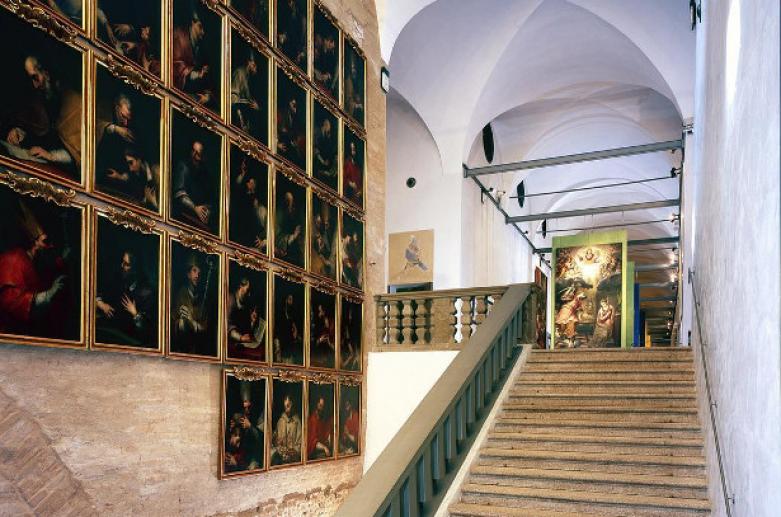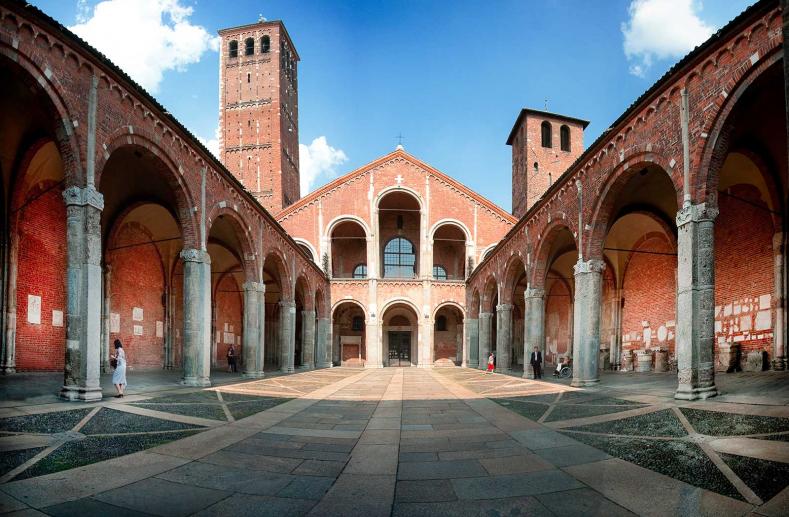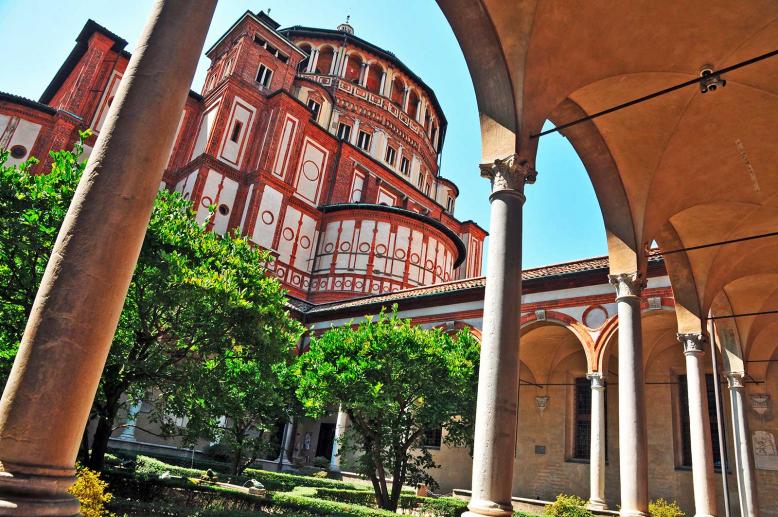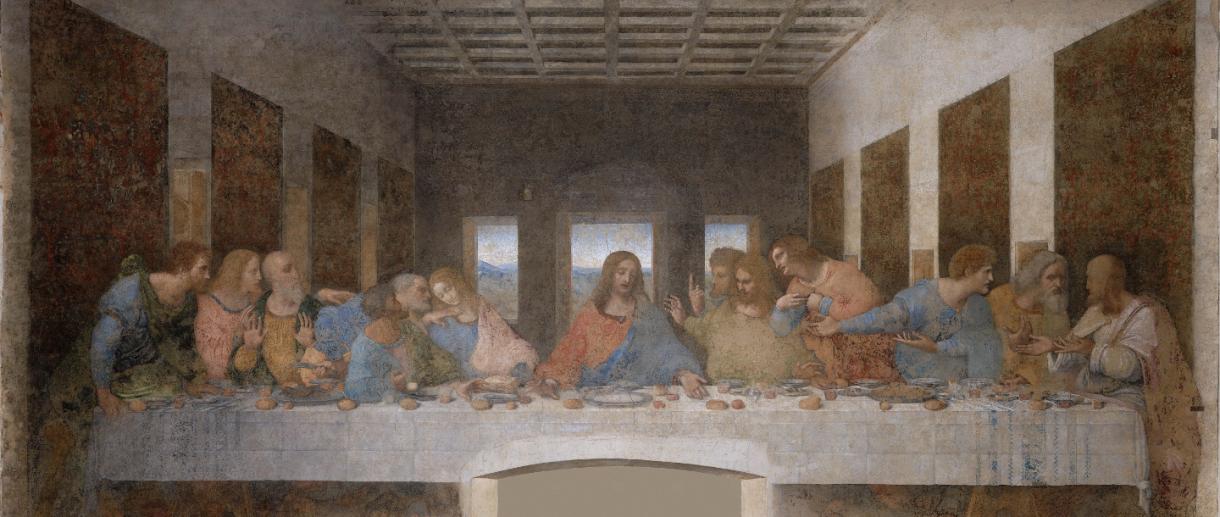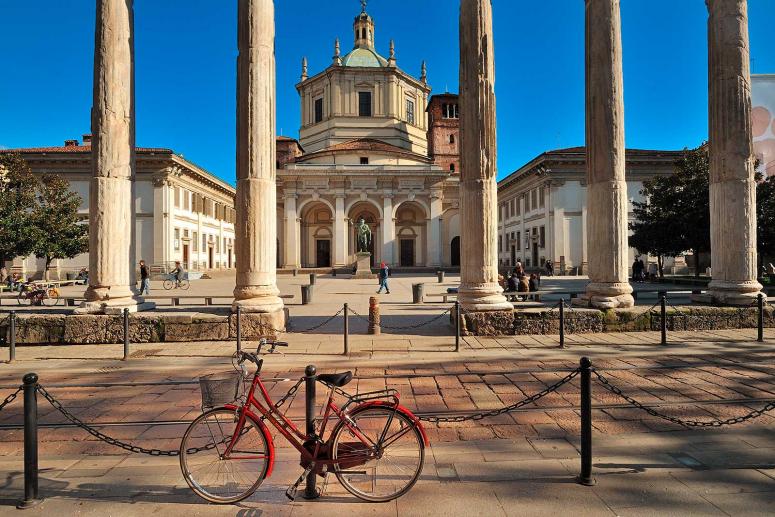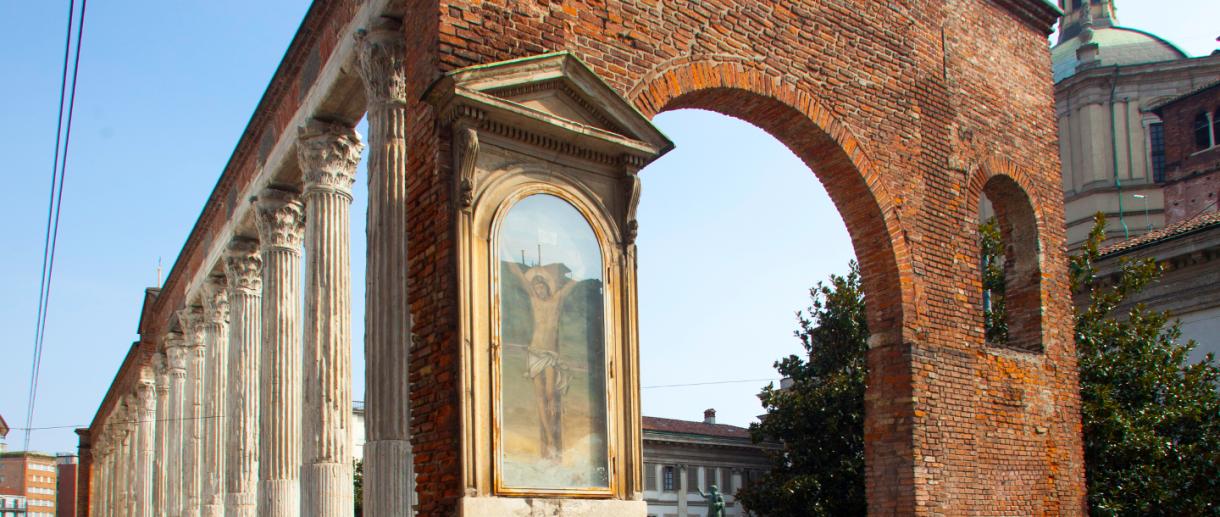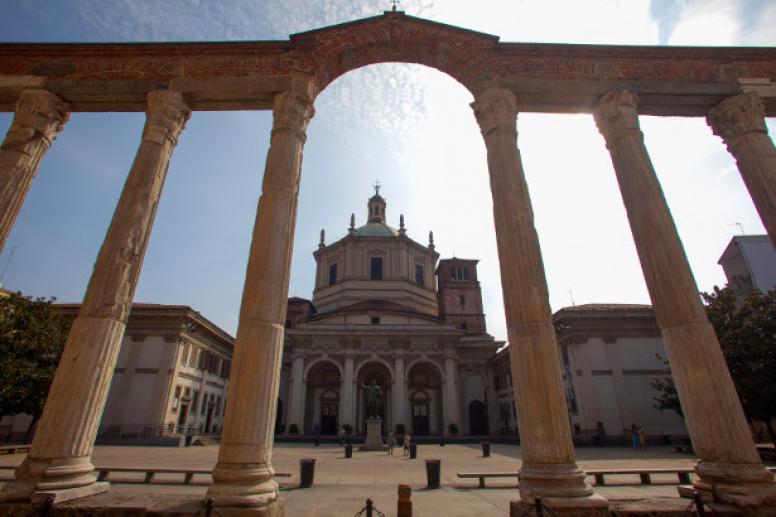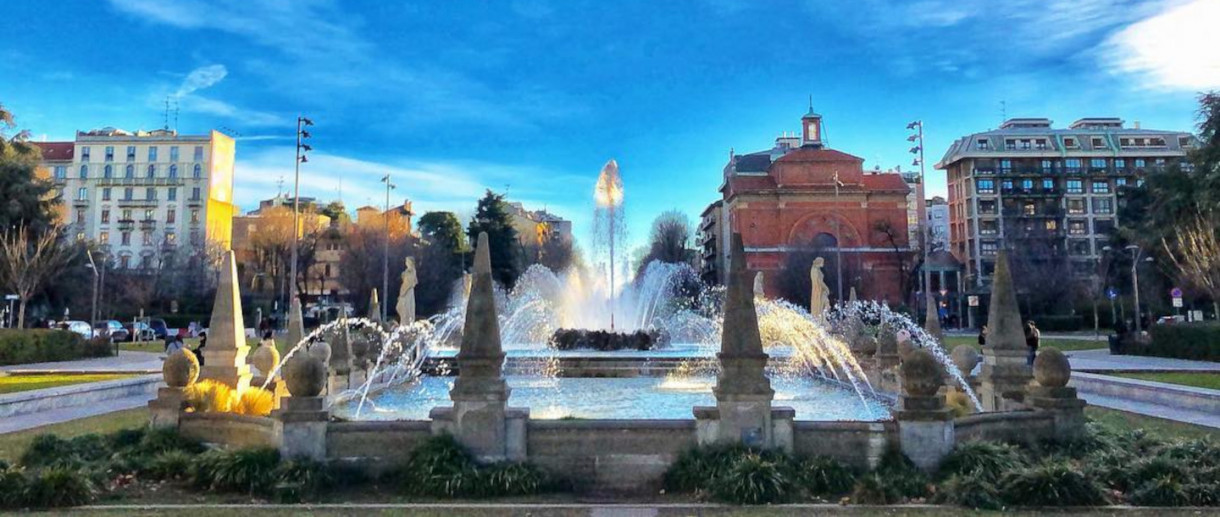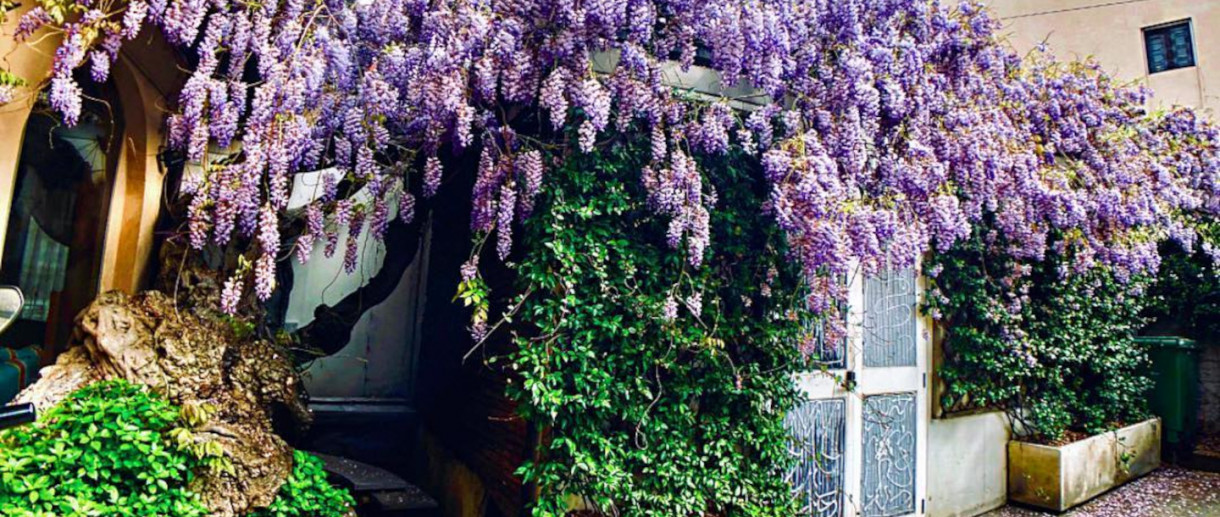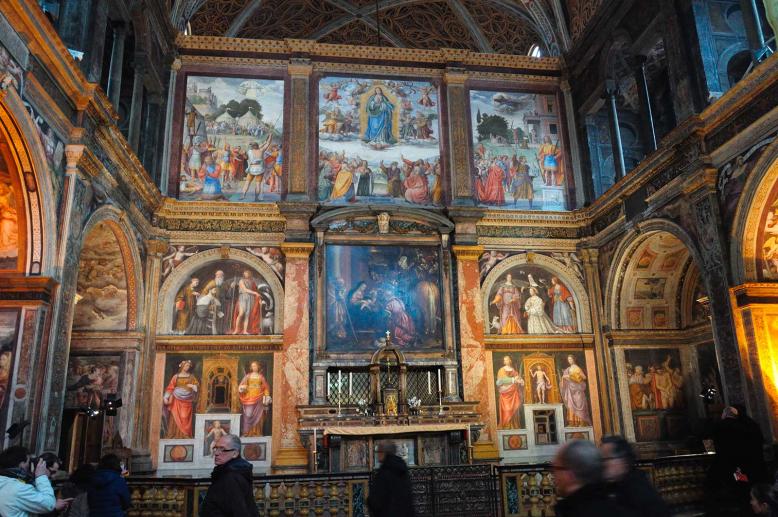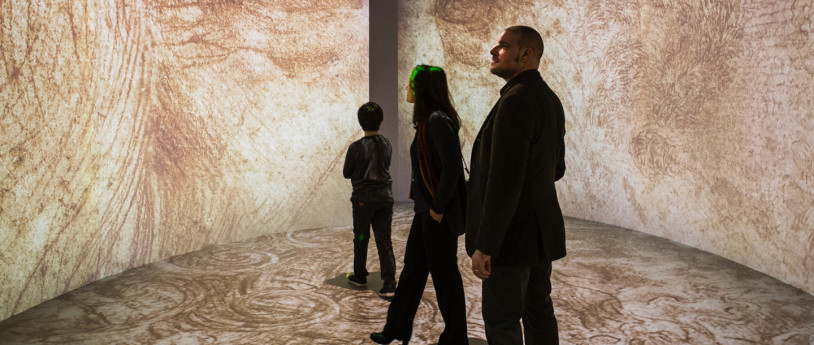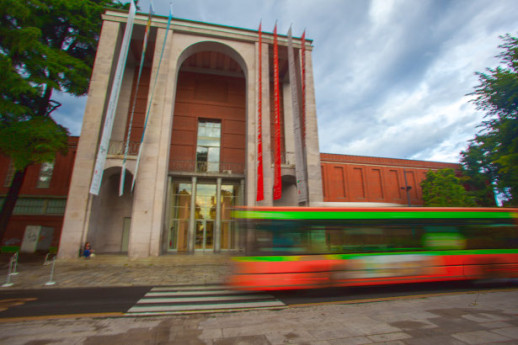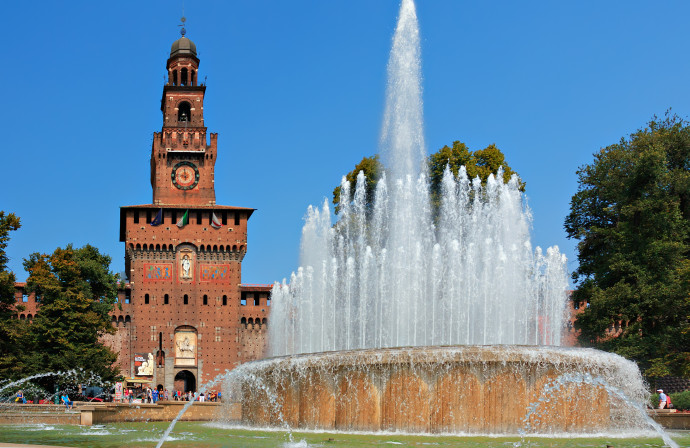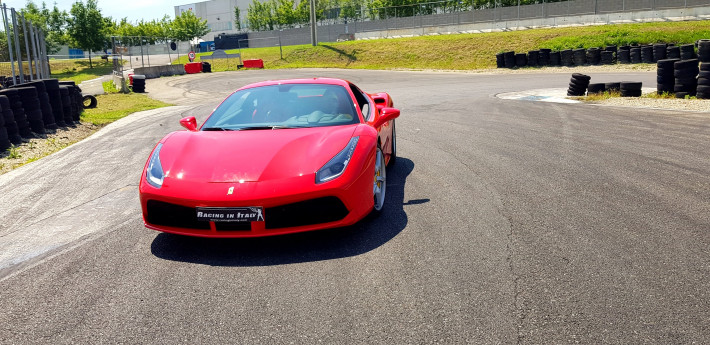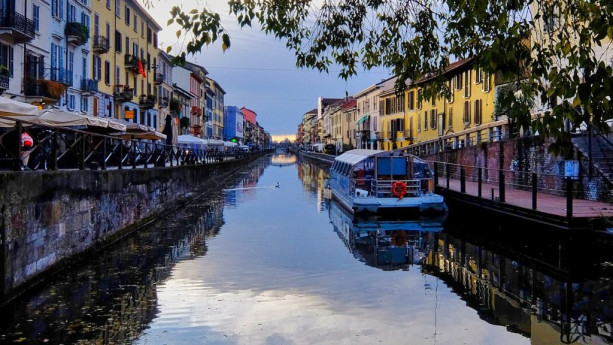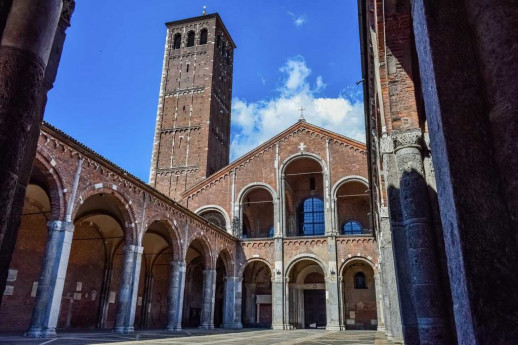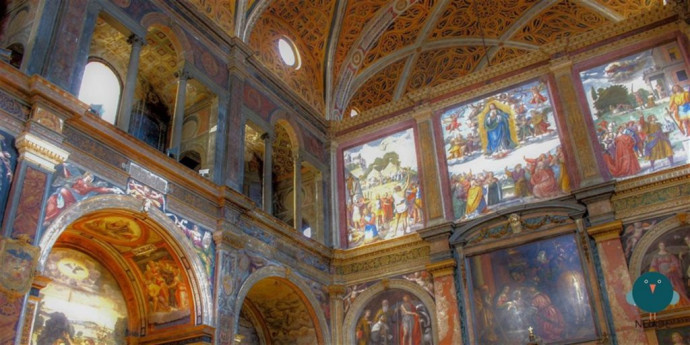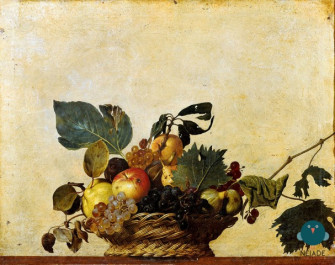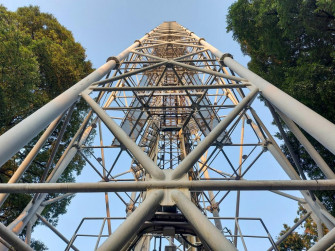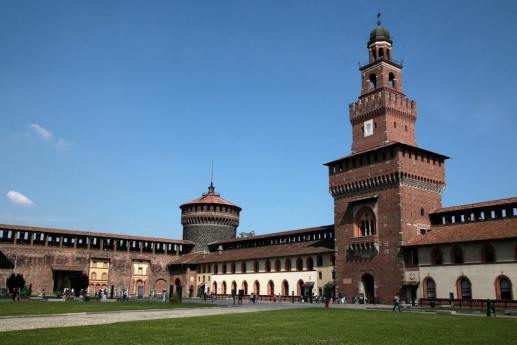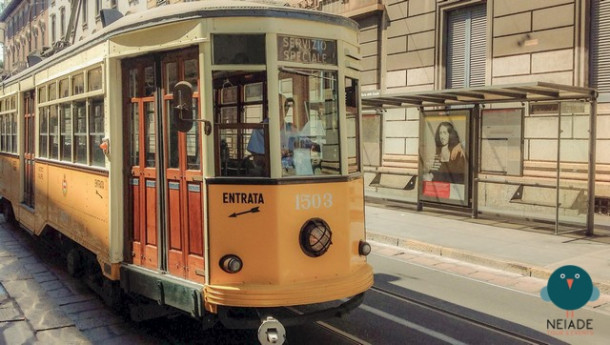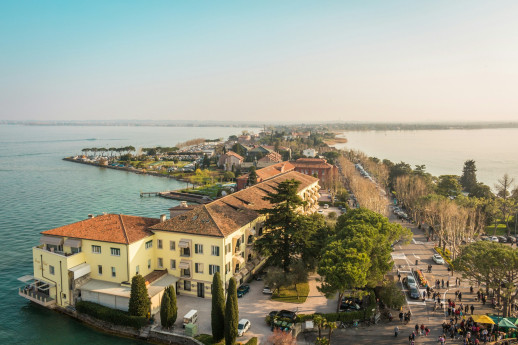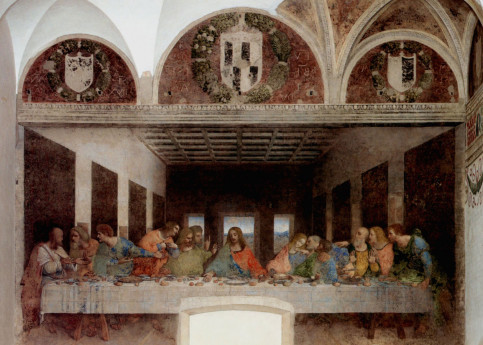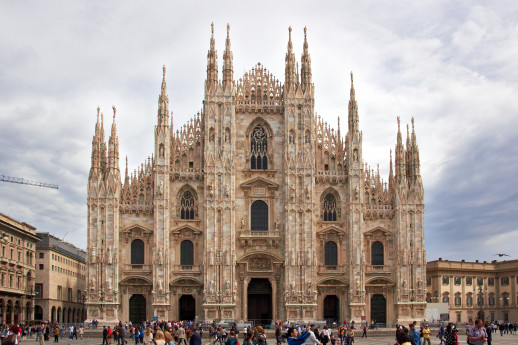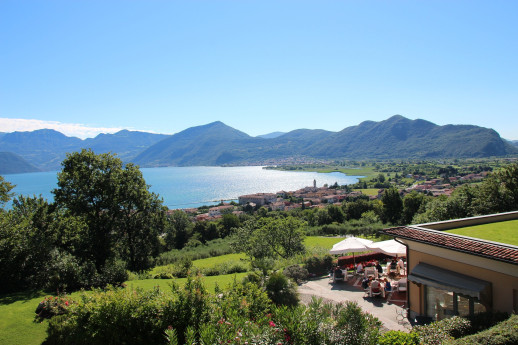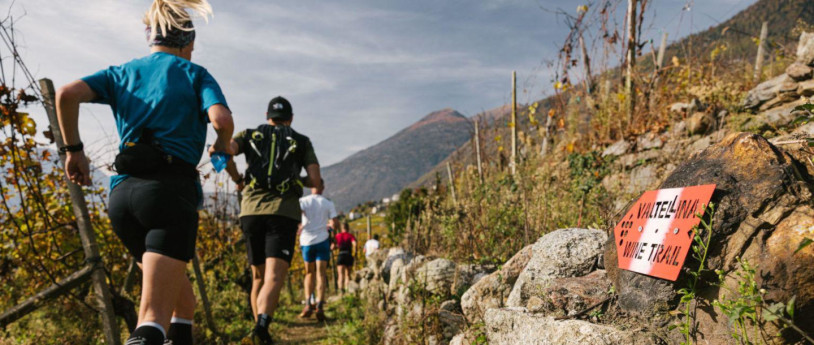- Art & Culture
- Navigli
Vicolo dei Lavandai
The Vicolo dei Lavandai is an enchanting place where, with a bit of imagination, you can step back in time.
Recently restored, this historic little alleyway leading off the Naviglio Grande still has a perfectly preserved early-20th century centrifuge and is a piece of old Milanese archaeology that is largely unknown to many of the city’s inhabitants.
It takes the name of a washhouse that until the end of the 1950s was used by women to wash clothes and linen. The Vicolo dei Lavandai is an enchanting place where, with a bit of imagination, you can step back in time and envisage the workers bent over washing the clothes in the stream. Today the rooms of the old drugstore that sold soap, bleach and brushes to the washerwomen are home to the restaurant El Brellin which, with its fireplaces and coffered ceilings, has preserved the atmosphere of this location.
The alley is dedicated to ‘lavandai’ - washermen - rather than washerwomen because in the 19th century it was men, organised in a genuine association, that provided the washing service. The guild of the Washermen of Milan dates to 1700. St. Anthony of Padua is their protector and an altar is dedicated to him in the Church of Santa Maria delle Grazie al Naviglio, located about 100 metres from the Vicolo dei Lavandai along the Alzaia Naviglio Grande.
The stream (el fossett, in Milanese dialect) is fed by the waters of the Naviglio Grande. Once upon a time the washerwomen knelt down on wooden “brellin”, rubbing the clothes on the stone stalls still visible in the alley today. The ‘detergent’ used by the washerwomen consisted of “palton”, a semi-dense paste of ash, soap and soda.
